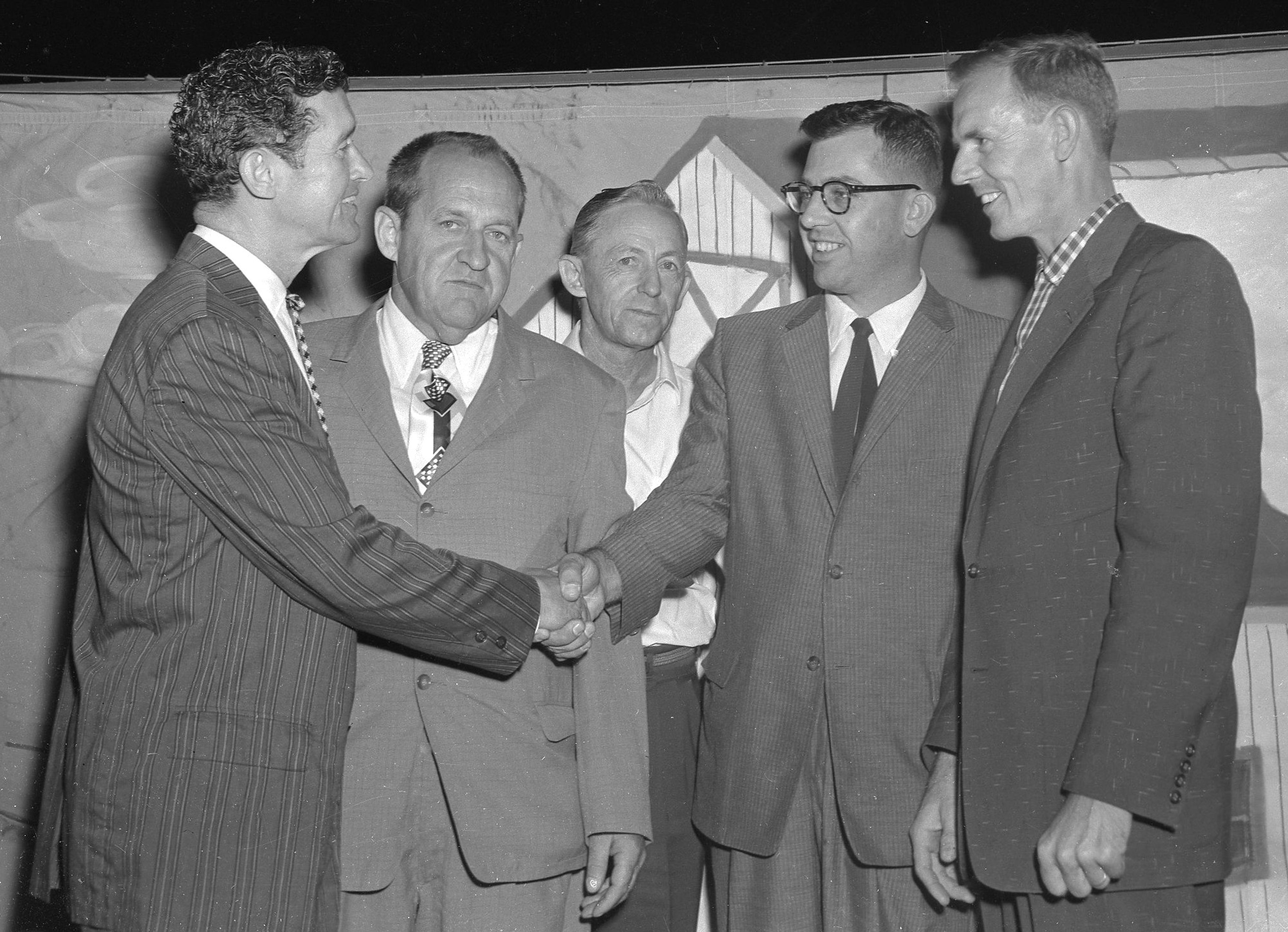The Cape County Historical Society received an educational grant from the Missouri Humanity Council for its Red Clifton Military Collection. Totes are being organized for organizations to check out for educational purposes. One is on the Bataan Death March, April 9-17, 1942.
American and Filipino troops had been trying to hold off an invasion of Japanese troops into the Philippines. Their eventual surrender and Death March is a story of horror and courage.
On Dec. 7, 1941, the Japanese 1st Fleet commanded by Vice Adm. Chuichi Nagumo launched an aerial attack on the U.S. Pacific Fleet at Pearl Harbor, Hawaii, bringing the United States into World War II. The Japanese destroyed the fleet, except the aircraft carriers, which were at sea. Limited fuel capacity of the Japanese airplanes allowed only one attack before returning to their aircraft carriers. Not knowing where the U.S. Navy’s aircraft carriers were, Nagumo decided against a second return to Pearl Harbor. This left the U.S. Navy repair facilities and oil storage depots untouched.
It took the Navy almost two years to rebuild its fleet to pre-war strength. However, within six months of Pearl Harbor the U.S. Navy attacked and defeated the Japanese at Midway Island, June 4-7, 1942. This defeat made the Japanese realize how much they had underestimated the naval strength of the United States. Before Midway, Capt. James Doolittle led a one-way bombing raid over Tokyo, to destroy industrial and military sites. While this battle is considered to be the first attack by the U.S. against Japan, it did very little damage. The psychological effect was probably more potent. The Japanese realized the U.S. could reach their island, and this led to their military increasing campaigns in Southeast Asia to strengthen a buffer of islands to protect their homeland, plus the natural resources of Southeast Asia needed for the war.
The largest group of islands is the Philippines, situated in the western Pacific comprised of 7,641 islands. The largest island is Luzon, where the capital of the Philippines, Manila, is located on the east coast of Manila Bay. The Bataan Peninsula borders the western side of Manila Bay. A small dot on a map of Luzon is the island of Corregidor at the entrance to Manila Bay, just off the South China Sea. The Japanese invaded the Philippines on Dec. 10-22, 1941, but were met with resistance from the Filipino scouts and American troops stationed there. The U.S. Army’s pre-war plan called for American and Filipino forces to retreat into the Bataan peninsula and await reinforcements. Rumors the U.S. military would reach them and supplies from Australia would come never materialized.
The United States was familiar with European warfare, but the war with Japan introduced the country to a new kind of warfare. For the Japanese, surrender was not an option. They fought for their emperor, and surrender dishonored themselves, their family and their leader. Suicide was chosen over surrender. The Japanese viewed the surrender of American troops as dishonorable to U.S leadership.
The Battle of Bataan began Jan. 7, 1942, with Japanese forces commanded by Lt. Gen. Masaharu Homma, and lasted until the U.S. Army and Philippine forces commanded by Maj. Gen. Edward P. King surrendered on April 9, 1942. The Japanese gathered the starving prisoners together and began the march from Mariveles on April 10, picking up more prisoners at Bagac on April 11. The prisoners were marched in tropical heat with little food or water 65 miles north to Balanga, by train to Capas and forced to walk the remaining 9 miles to Camp O’Donnell. Overall, the Death March was approximately 65 miles. Approximately 400 Filipino officers were executed in the Pantingan River, by Col. Masanobu Tsuji who was in charge of the march. The Japanese underestimated the number of captives they would have to move, leading to problems of overcrowding, unsanitary conditions and to wide-spread dysentery among the prisoners. It is estimated the death rates were several 100 per day. Estimates on how many prisoners were on the march vary, but the most consistent number is around 80,000. Only 54,000 arrived at Camp O’Donnell.
The U.S. government didn’t let the American public know about the march until Jan. 27, 1944, when an article appeared in Life magazine. Until 1944, families continued to write to their loved ones stationed in the Philippines not knowing their fate. Homma, who was in charge of the invasion of the Philippines, was captured in 1945. He was convicted of 43 separate war crimes and executed by firing squad April 3, 1946, in Manila. Tsuji, who committed human atrocities along the march, escaped to China before the British could capture him and disappeared into North Vietnam in 1961.
All who died along the march were buried in mass graves. The prisoners dug mass graves behind the barbed wire at Camp O’Donnell. It was reported by some soldiers who survived the march, the Japanese buried some soldiers alive in what was known as slit trenches, used as bathroom facilities. To say conditions were bad at Camp O’Donnell is an understatement. No running water, little food, few huts, overcrowded and no medical treatment, most slept on the ground out in the weather. These conditions led to rampant dysentery. These conditions killed many soldiers, and those who survived had medical problems from parasites and camp conditions. After the war ended in 1945, the remains of soldiers buried in mass graves were moved to the U.S. Armed Forces Cemetery at Manila. Remains continue to be identified today.








